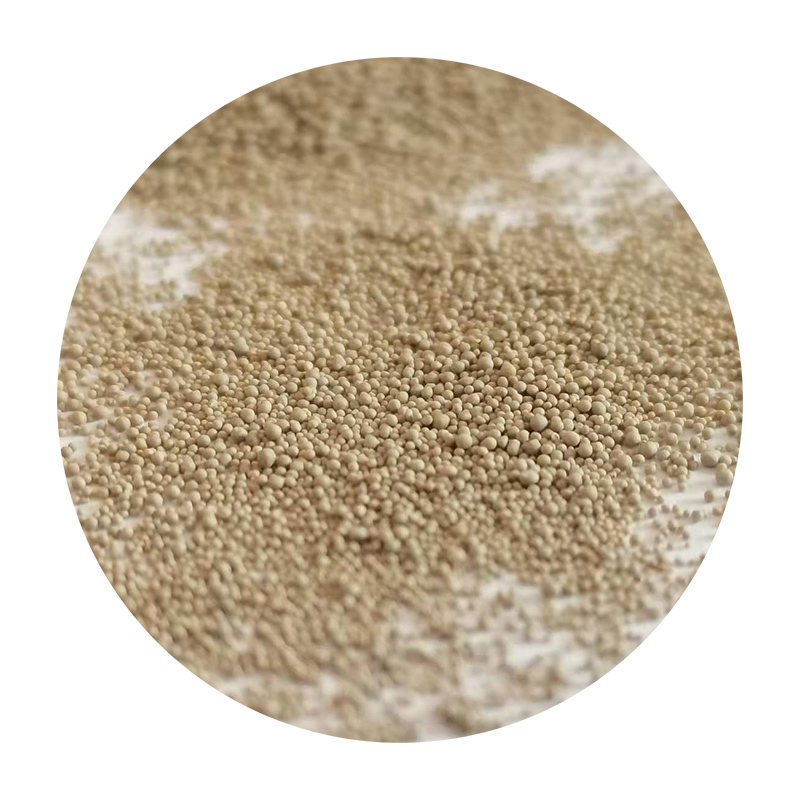Sanding Resin 3D Prints Techniques and Tips for a Smooth Finish
3D printing has revolutionized the way we create and prototype objects, allowing for intricate designs and rapid production. Among the various types of 3D printing technologies, resin printing (or stereolithography) has gained popularity for its ability to produce highly detailed and smooth parts. However, one common challenge faced by users of resin printers is achieving a perfect finish. This is where sanding comes into play. In this article, we’ll delve into the techniques and tips for effectively sanding resin 3D prints, enabling you to achieve that flawless surface you desire.
Why Sanding is Important
Resin prints often come out of the printer with a somewhat rough surface due to the layer-by-layer printing process. Although some printers handle fine details better than others, sanding your prints can significantly enhance their appearance and prepare them for further finishing processes like painting or clear coating. Sanding also helps eliminate visible layer lines, fingerprints, and other imperfections, resulting in a more professional-looking final product.
Tools and Materials Needed
Before you start sanding, it’s essential to gather the necessary tools and materials
1. Sanding Papers Use a variety of grits, starting from coarse (around 100-220 grit) to medium (400-600 grit) and finishing with fine (1000+ grit) sandpaper. Wet/dry sandpaper is particularly useful for creating a smoother finish.
2. Sanding Blocks or Sponges These tools help provide a uniform surface when sanding flat areas. For intricate designs, consider using flexible sanding sponges.
3. Dust Mask and Safety Goggles Resin can create fine dust particles, which may be harmful if inhaled or if they come into contact with your eyes. Always prioritize safety.
4. Water Wet sanding can reduce dust and improve the finish. It also helps prevent the sanding paper from clogging.
Sanding Techniques
sanding resin 3d prints

1. Preparation First, remove any supports from your print. Use a hobby knife to help detach the supports carefully. Ensure that all surfaces are cured properly before sanding.
2. Dry Sanding Start with a coarse grit sandpaper. Gently sand the larger flat surfaces first, applying even pressure. Move in circular or back-and-forth motions to avoid creating flat spots. Pay close attention to corners and edges, as these areas often require more work.
3. Wet Sanding After you’ve sanded with coarser grits, switch to wet sanding. Dampen the surface with water and use finer grit sandpaper. This technique not only reduces dust but also allows for a smoother finish. Always keep the surface wet, and clean the paper periodically to prevent clogging.
4. Inspect and Repeat As you sand, continually inspect your progress. Feel the surface to determine whether additional sanding is needed. If layer lines or imperfections are still visible, continue sanding with finer grits until you achieve the desired smoothness.
5. Finishing Touches Once you’re satisfied with the smoothness, you may want to consider polishing. Polishing compounds or clear sprays can add a glossy finish and further enhance the visual appeal of your print.
Additional Tips
- Test on Scraps If you’re new to sanding resin prints, practice on scrap pieces first to familiarize yourself with the technique and how the material responds.
- Don’t Overdo It It’s easy to get carried away, so be cautious about sanding too much, especially at corners. You don’t want to deform the detail in your prints.
- Store Properly When finished, store your prints safely to avoid any accidental damage, which may necessitate additional sanding.
Conclusion
Sanding resin 3D prints may seem like a daunting task, but with the right tools and techniques, it can dramatically elevate the quality and aesthetics of your final product. By following these strategies, you can ensure that your prints not only look professional but are also ready for any subsequent finishing processes. Whether you’re creating models for display, prototyping, or functional parts, mastering the art of sanding will enhance your 3D printing experience.
Post time:nóv . 27, 2024 23:15
Next:Exploring the Diverse Applications of Sand Casting in Modern Manufacturing Industries
